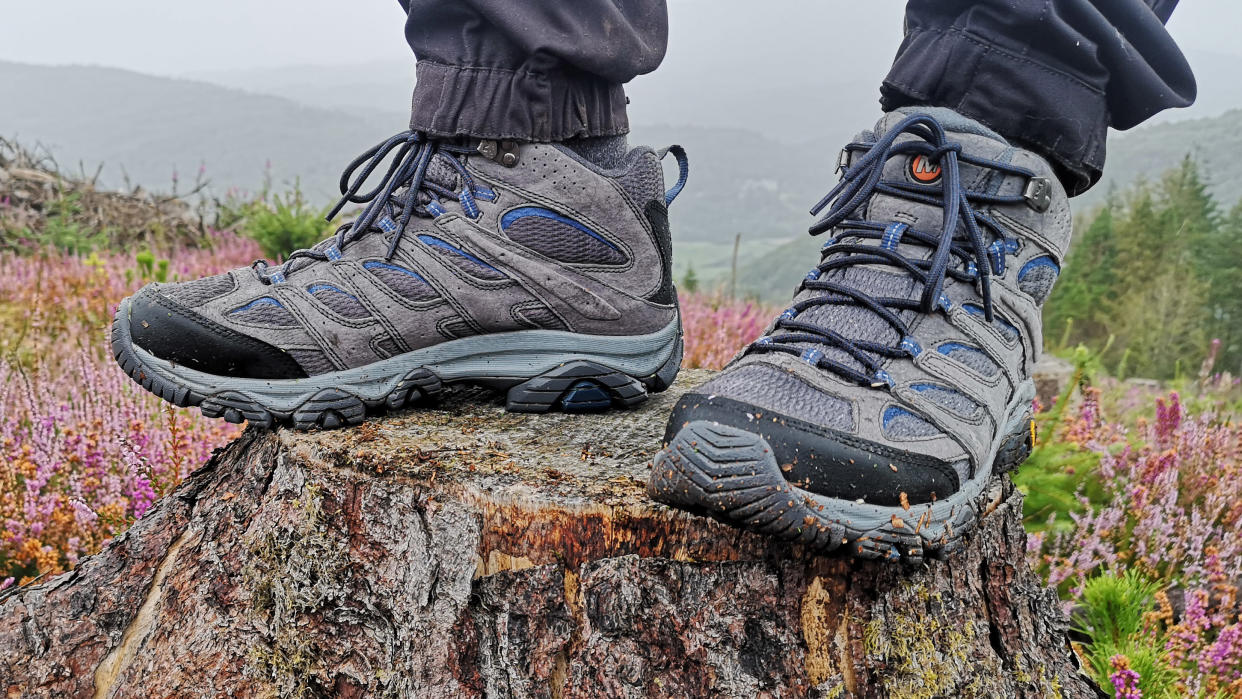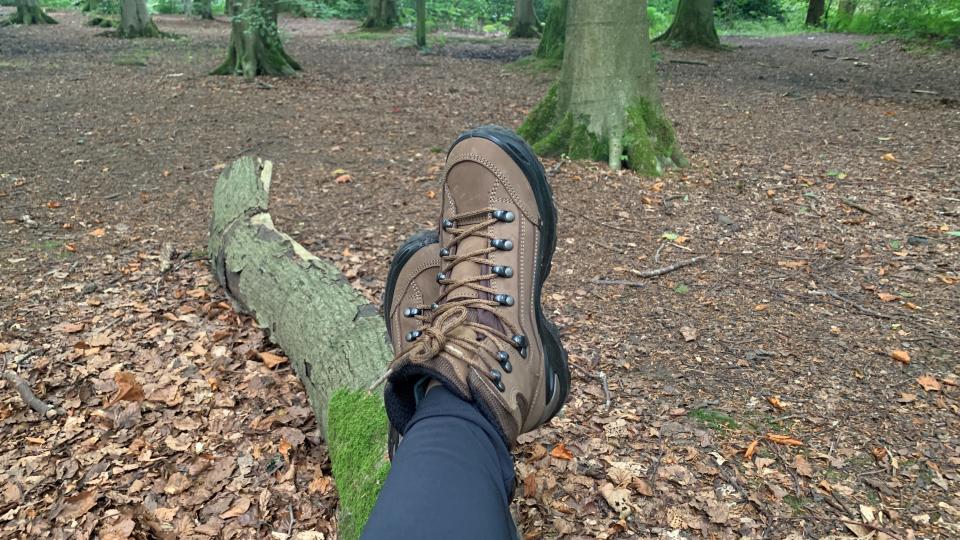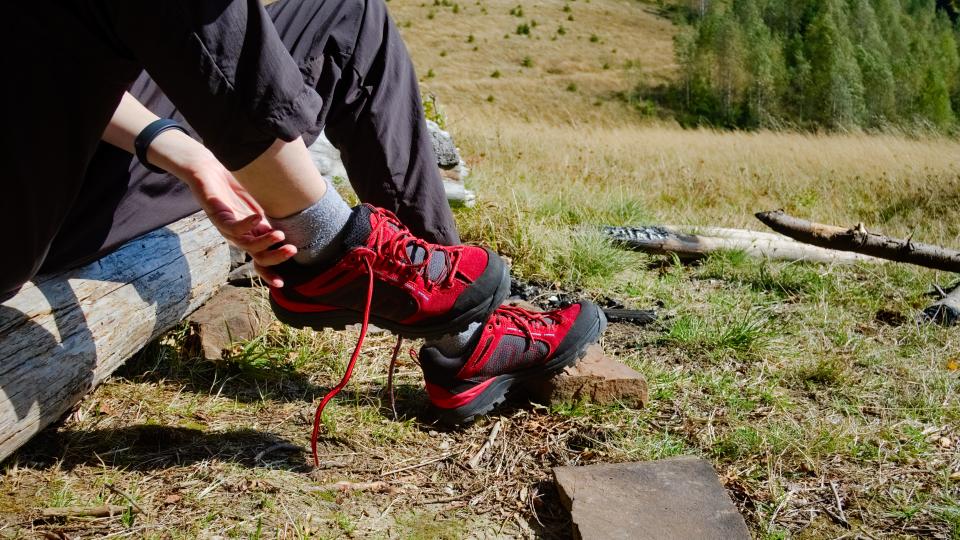How long will your hiking boots last?

If your best hiking boots are doing their job, they’re not likely to keep looking pristine for very long. A well-used pair of hiking boots should look like they’ve seen plenty of mud and rock, and a few scuffs here and there are nothing to worry about. That said, they don’t last forever either and it’s good to know how long yours might last, when you need to replace or mend them and how you can extend their shelf life.
How long do hiking boots last?
The shelf life of your hiking boots depends a lot on a few factors. Many hiking boot brands say their boots should last between 500 and 1000 miles, which could mean 10 or even 20 years if you only hike about 50 miles each year. However, it all depends on the quality of the boot to begin with.
If you purchase higher end hiking boots from a really reputable company, such as Danner, Hanwag or Mammut, you should expect to spend more money and get more from that investment. If you decide to save money up front by purchasing a cheaper pair of generic boots, you might find that the soles wear out faster while they uppers lose their shape and integrity.
It also depends on the materials used in your boots. More and more hiking boots these days are being made using synthetic materials, which are lighter, less expensive and usually equate to better out-of-the-box comfort. Full-grain leather hiking boots, on the other hand, are likely to be a lot more hard wearing and these tend to be the styles that people wear for years. Learn more in our article on leather vs synthetic hiking boots.
Finally, how you treat your boots will drastically alter their lifespan. There are factors you might have less control over, such as doing a lot of river crossings and hiking in boggy conditions, that can slowly degrade your boots. Then there are behaviors you can influence, such as cleaning your boots regularly, letting them air out after a hike rather than stashing them in your backpack for weeks and avoiding placing them on or next to heat sources to dry out.

How do I know when it’s time to replace hiking boots?
A little wear and tear is normal for hiking boots, but signs that you need to either start shopping for a new pair, or do some repairs, include:
Holes letting dirt and water in.
Loss of tread/grip in the outsoles.
Loss of ankle support.
Loss of cushioning in mid soles.
Not all of these signs mean you need to chuck your trusty boots in the trash and start over, however – make sure to read up on when to resole hiking boots and how to waterproof your boots as these tactics may solve the problem.

How can I prolong the length of my hiking boots?
Obviously, if you’ve spent a lot of money on a really great pair of hiking boots and they’re performing really well for you, you want to keep them in as good condition as possible for as long as possible. That said, you also probably want to be scrambling up rocky summits with them, so is there anything you can do to keep them around for longer?
You can definitely avoid unnecessary river crossings and avoid saturating your boots repeatedly for long periods of time. It’s also a good idea to clean your hiking boots after every use, whether that’s just brushing the dust and debris off them or giving them a proper scrub.
As we already mentioned, you may be able to have your boots resoled rather than replaced, if the soles have worn down and the uppers are still looking good. Not all boots can easily be resoled these days, but it’s certainly worth looking into as a better option for your wallet and the planet.
Finally, it might make sense to own more than one pair of hiking boots. For example, you might have a heavier, warmer pair of waterproof winter hiking boots for colder weather and a more lightweight pair of hiking shoes for when the weather is warm and the trails are dry. This might mean more comfortable hiking year-round, and means each pair sees less use over time.

